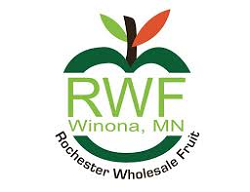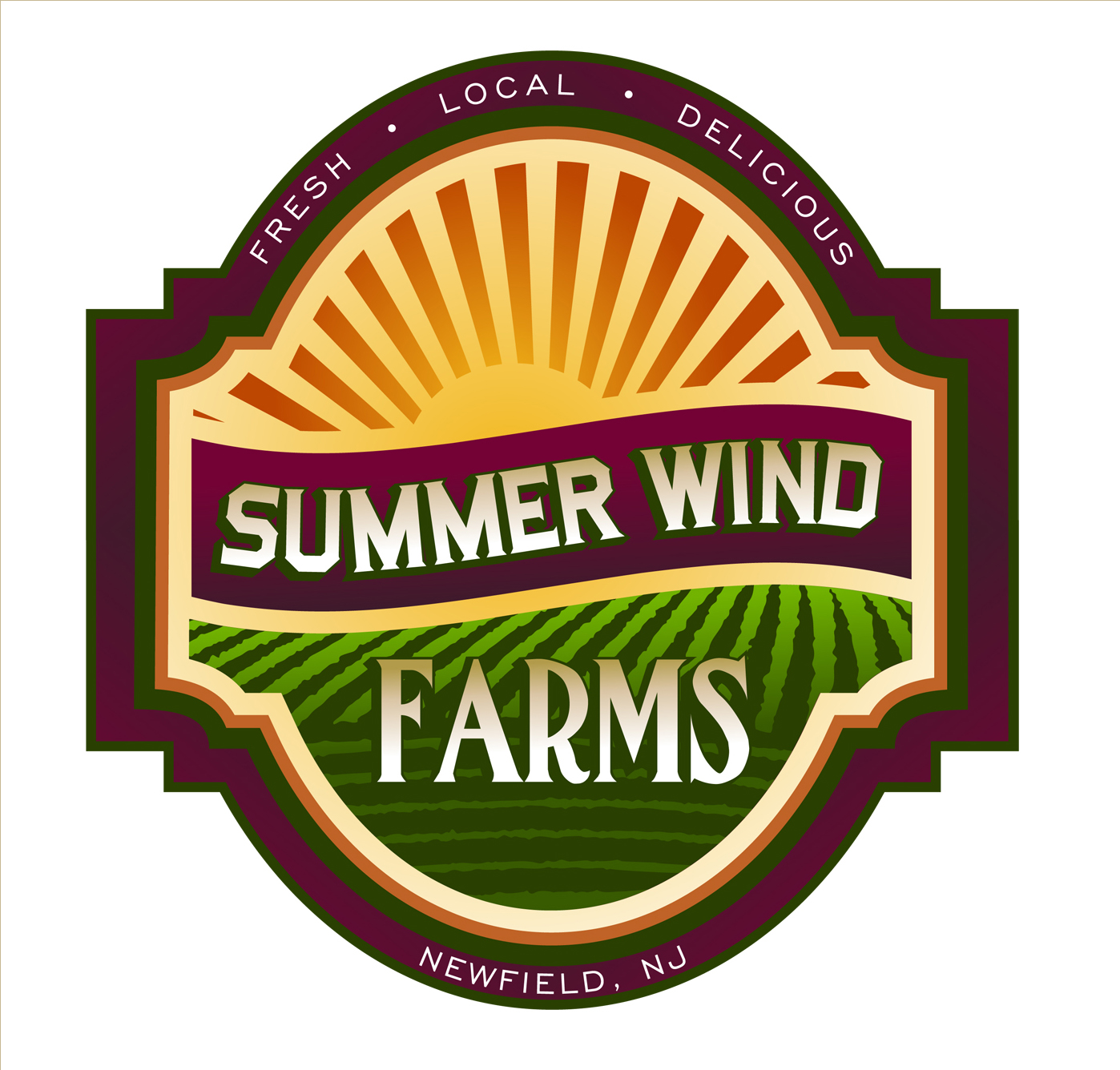What makes shoppers veer their cars toward your supermarket rather than another one that's also conveniently located?
One of the top differentiators is the produce and other fresh food departments.
Your supermarket has to be a destination for fresh, said Robert Nickels, who handles category management, procurement and merchandising of fresh produce and floral for Giant Food. Part of Ahold Delhaize USA, Giant Food has stores in Delaware, Maryland, Virginia and the Washington, D.C., area.
“To me, it is the linchpin of the store, not just because I'm in produce and floral, but I believe through my whole career that people do make their shopping choice based on produce,” Nickels said. He's worked in the grocery retail industry for more than 30 years, in buyer, category manager, sales and marketing roles.
Variety, quality, value
The key to a good produce department starts with having the appropriate variety to satisfy basic needs — and then “to wow, people with something a little different, something unusual, something unexpected,” he said.
Certainly, quality is a key factor that Nickels and his team are “hyper-passionate” about, from the products they buy to the point the products hit the shelves and the customers' experience of it in the store and at home.
Quality doesn't stop at the product itself.
“It really is the quality of cases, the quality of the facility, the quality of the people and experience,” he said. “It's more than just ‘Wow, this lettuce looks really good and really fresh and crisp. The tomatoes are beautiful.' It starts there.”
Related: Giant Food's merchandiser-dietitian — Emily Massi
The quality experience could be ruined if your store has old or dirty cases, the store overall isn't cleaned properly or if it's not signed properly.
“If you miss on one of those pieces, you're not going to be the destination. You might be a fill-in; you might be an occasional [choice]," Nickels said.
Also critical is value, which doesn't mean price alone.
“We're probably not going to be the cheapest guy in town, nor should we be. We offer a better experience than most in our market,” Nickels said. “It really is about that overall experience that includes variety, includes quality, includes promotions, and includes our staff at store level, and the education and training that they go through to be familiar with the products and be able to articulate the merits, the challenges, the uses and the fun finds.”
Local
The greater Washington, D.C., and Delaware-Maryland-Virginia area — often referred to as Delmarva or DMV to merge the state abbreviations — is a hotbed of local farming with a good climate and soil.
“Probably the world's best corn, tomatoes, squash, fantastic watermelons come from that Delaware and Eastern Shore Maryland growing region. And then when you get into central Virginia, you get more of the vegetables, a lot of our lettuces and packaged salads,” Nickels said. “I love fresh, local tomatoes. I can eat them like apples.”
There are more than 60 local farm partnerships, including high-tech indoor growers Bowery Farming and BrightFarms for year-round supplies of leafy greens.
As a traditional regional retailer, it can be hard when partnering with a local farm that can't supply every store, so Giant Food has a few strategies for dealing with this challenge.
During peak season, the buying team and category managers have a heightened focus on selecting local suppliers, incorporating that into overall plans. To mix in the local offerings among the rest, the sales plans must be irregular across stores to accommodate that priority, which has a domino effect of varying display and promotion plans. The story needs to be told in 10 words or fewer, and it has to be genuine because consumers are skeptical about the fluid use of “local” these days.
“We don't stretch the boundaries into neighboring states or neighboring regions. When we when we say local, we mean local,” Nickel said. “We buy from farms where our stores sit, where our customers live. And to me, that's meaningful.”
The marketing department creates materials that call out specific local farms and farmers. They make massive displays when they can, and other times it's just a sprinkling of a local partnership among the rest, but still it's identified in the display bins and signage.
The key to local is the connectivity among life, business and food.
More than ever, shoppers want to know the connective story: Where did this food come from? Where was it grown? Who's involved? Do I feel good about it? Does it align with my values? Is it meaningful to get produce from nearby as opposed to riding on a truck or rail?
For many people that connection to the products they buy and the foods that they eat is important.
“Therefore, it becomes more important for us to deliver on those needs and those desires and what our customers want to see,” he said. And another benefit is “we get to support a local community, and these farmers shop in our stores. So, it's a very cyclical relationship, and it's pretty neat.”
Consistency
As a regional chain, Giant Food has to provide the consistency consumers expect across each store. Fitting local produce into that top priority is a delicate dance.
“It's sometimes challenging for us to do one-offs. We have a brand identity that our customers come to expect and respond to,” Nickels said.
If a customer walks into a store near their work, near their home or a friend's home, they expect to know where to go for tomatoes and where to go for canned soup. “And that's important, because time is valuable,” he said. “It helps their overall experience to have a consistent offer.”
Part of the consistency is the way Giant Food handles local produce: Make it big, visible and genuine. Use organic materials to provide that farmers market feel.

Photo courtesy of Giant Food
Floral
The floral section is right by the front door, and with the Color Collection program, the look changes dramatically every few weeks.
Giant Food is also focused on using local floral vendors as well, and increasing that effort.
“We're at the point now where we're in conversations way out in front of it, saying we want these items planted for us so that we can supply our customers with all local flowers and potted plants,” Nickels said.
Besides the floral, fruit and vegetable products, placement and pricing, it's about people for a truly destination-worthy grocery store.
“The stuff that grows in the ground, for the most part, it's volatile. It's finicky. But it's awesome, man, when you get it right,” Nickels said. “I think you have to have people that are passionate about it. This isn't about a grocery store. It's about food.
“It's about what people eat and what kind of enjoyment they can get out of that. And that's very meaningful to me. And I try and instill that in others.”














